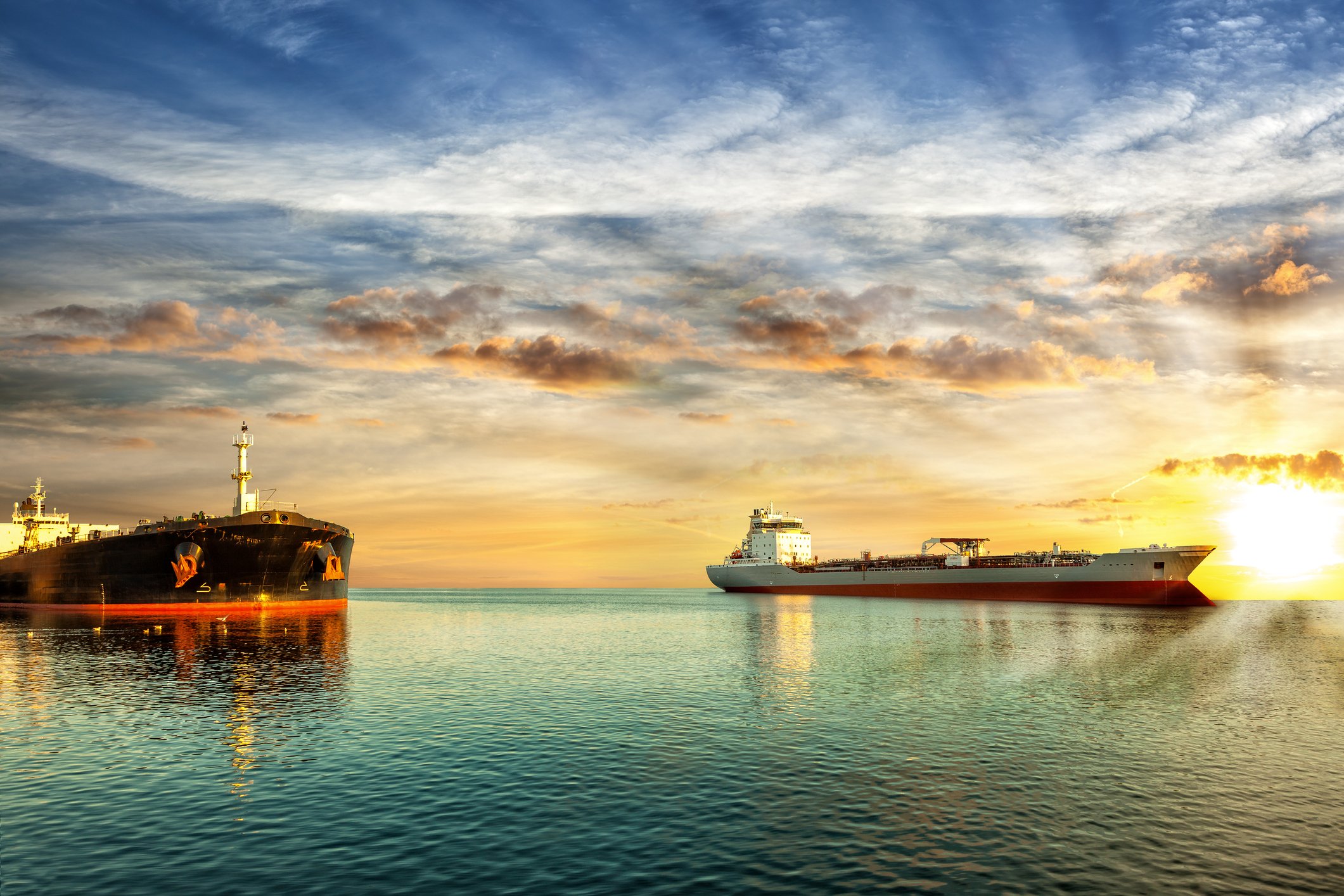Just when you thought it might be safe to go back in the water with dry shipping names such as DryShips (DRYS +0.00%), Genco Shipping & Trading, and Baltic Trading Limited (NYSE: BALT), daily spot rates have tumbled for the entire month of January. Fool analyst Blake Bos points out that this has been the worst annual start in over 30 years, since the Baltic Dry Index was first created, but as of Jan. 31, a new psychological mark has been reached in the industry which may be even more disturbing.
The fall before the fall
During the last half of 2013, the daily spot rates for ships of all sizes, especially for the large Capesize models, had seen fantastic bull runs. On a year-over-year basis, Capesize rates rose by hundreds of percentage points, reaching prices of more than $40,000 per day.
The rates for Capesize ships got so expensive that companies started dividing their cargo and sending it out among smaller ships, and these ships raised their rates as well. The overwhelming demand lifted all boats, so to speak. Much of the shipping demand was credited to increased iron ore shipments to China as the nation stockpiled inventory for the coming year.
For a long time, the "talking heads", as an article on Zero Hedge points out, have been quick to say that rising rates signal world economic recovery. Now that rates have reversed course, and severely so, the same talking heads have little to nothing to say other than providing excuses for why rates have dropped. It's true that a seasonal drop normally occurs at this time of the year but normally it is not this bad. Again, this is the worst seasonal drop on record. Observers only say that this is the worst drop in 30 years because the Baltic Dry Index did not officially exist before then. There is an excellent chance that this season has seen the worst drop in many more than 30 years.
The fall before the spring
As the article referred to above notes, Chinese iron ore stockpiling drove rates to heights not seen in several years. However, it "seems like the inventory stacking of Q4 had absolutely no follow-through whatsoever."
As such, the rates have collapsed. The rates have gotten so bad, even with the Chinese holiday solidly in the rear-view mirror, that for the first time in what seems like a long time rates across the board are down even on a year-over-year basis. Even though rates had declined significantly in the past, they were still up more than 50%. Now that this state of affairs has changed, the psychological effect could shatter the confidence of dry shipping investors, especially since many of these shipping stocks are significantly higher than they were at this time last year.
Foolish final thoughts
The pendulum often swings wildly in both directions. Look for a rate rebound at some point now that the larger Capesize rates are cheaper than the rates of the smaller Panamax and Supramax ships, but be warned that this could simply signal that rates for the smaller ships will come down as well. The Capesize spot rates actually indicates that some shipping companies will operate with daily losses. Fools who are interested in investing in dry shipping may want to consider waiting out this storm until evidence of an improved rate environment surfaces or stock prices cheapen to reflect the new reality. With rates down year over year, a case may be made that many shippers' share prices could decline as well.






